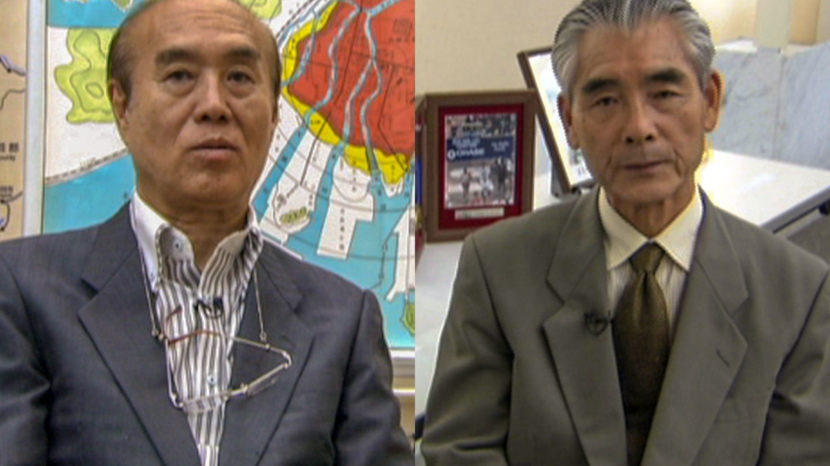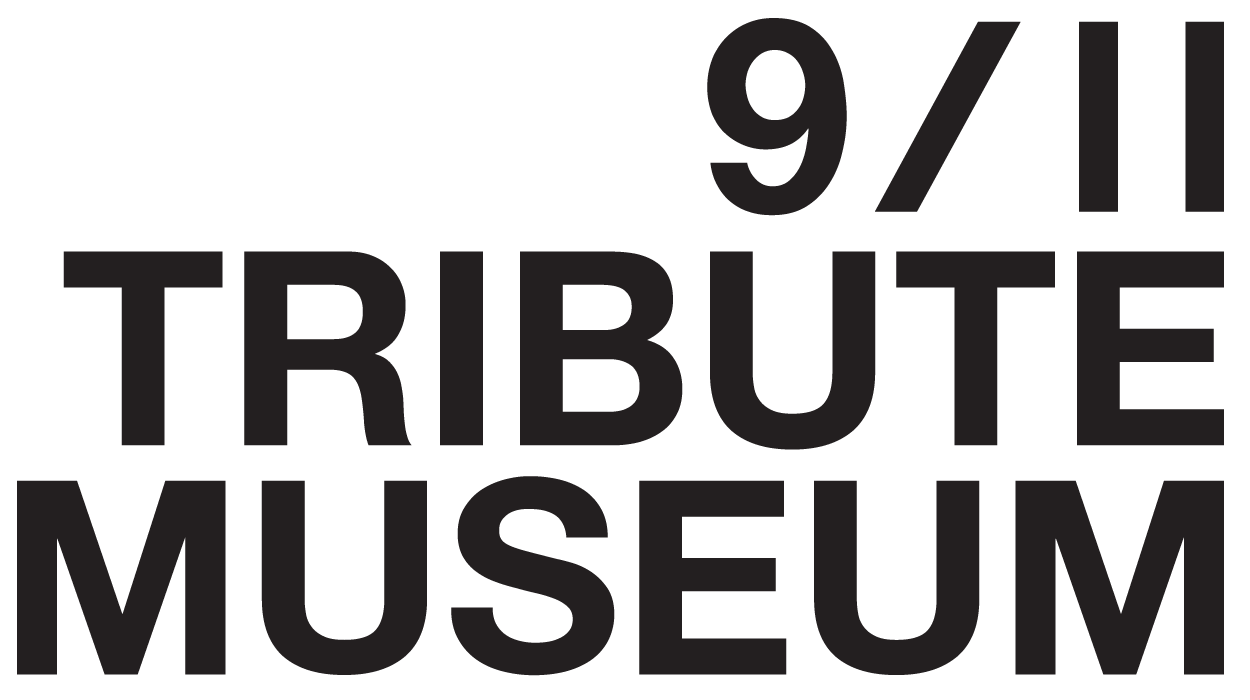Tsugio Ito lost his brother in the bombing of Hiroshima and his son on 9/11 at the World Trade Center. Masahiro Sasaki donated one of the origami cranes folded in 1955 by his sister, the legendary Sadako Sasaki, to the 9/11 Tribute Museum as a wish for global peace. Learn More.
Unit 7 – Biography: Tsugio Ito & Masahiro Sasaki

Mr. Tsugio Ito grew up in Hiroshima, Japan. When an atomic bomb was dropped on August 6, 1945, he was playing in his school playground. His older brother who attended a different school was immediately killed.
In 1998, Mr. Ito’s son, Kazushige, came to New York City to work in the offices of Fuji Bank in the World Trade Center. The office was on a high floor of the South Tower, and on September 11, 2001, Kazushige was killed.
In 2007, a group of students from Kazushige’s high school came to the U.S. and brought strands of origami cranes. Mr. Ito says that the events of September 11th reconfirm his belief that we should all work to prevent violenttragedies and seek global peace.
Mr. Masahiro Sasaki is the older brother of Sadako Sasaki. He lives in Japan. Sadako was two years old when an atomic bomb was dropped on Hiroshima in 1945. Her family was fortunate to survive the attack, and she was a healthy young girl who loved both her studies and sports in school.
When she was 12, Sadako developed leukemia as a result of the long-term effects of exposure to radiation. During Sadako’s hospital stay she began the process of folding a thousand origami cranes because her father told her that it would help her get well. She used wrapping papers from get-well gifts and medicine bottle wrappers to create her origami cranes.
Although Sadako folded more than one thousand origami cranes, she couldn’t overcome her fatal disease. Sadako’s classmates helped to raise funds to create a memorial to her and to all of the other children who died as a result of the bombing.
Mr. Sasaki empathizes with the families of the victims of September 11th, knowing that all families grieve for theirloved ones. He hopes that by continuing to tell his story and the 9/11 families continuing to tell the stories ofSeptember 11th, people can all work towards a more peaceful world.
